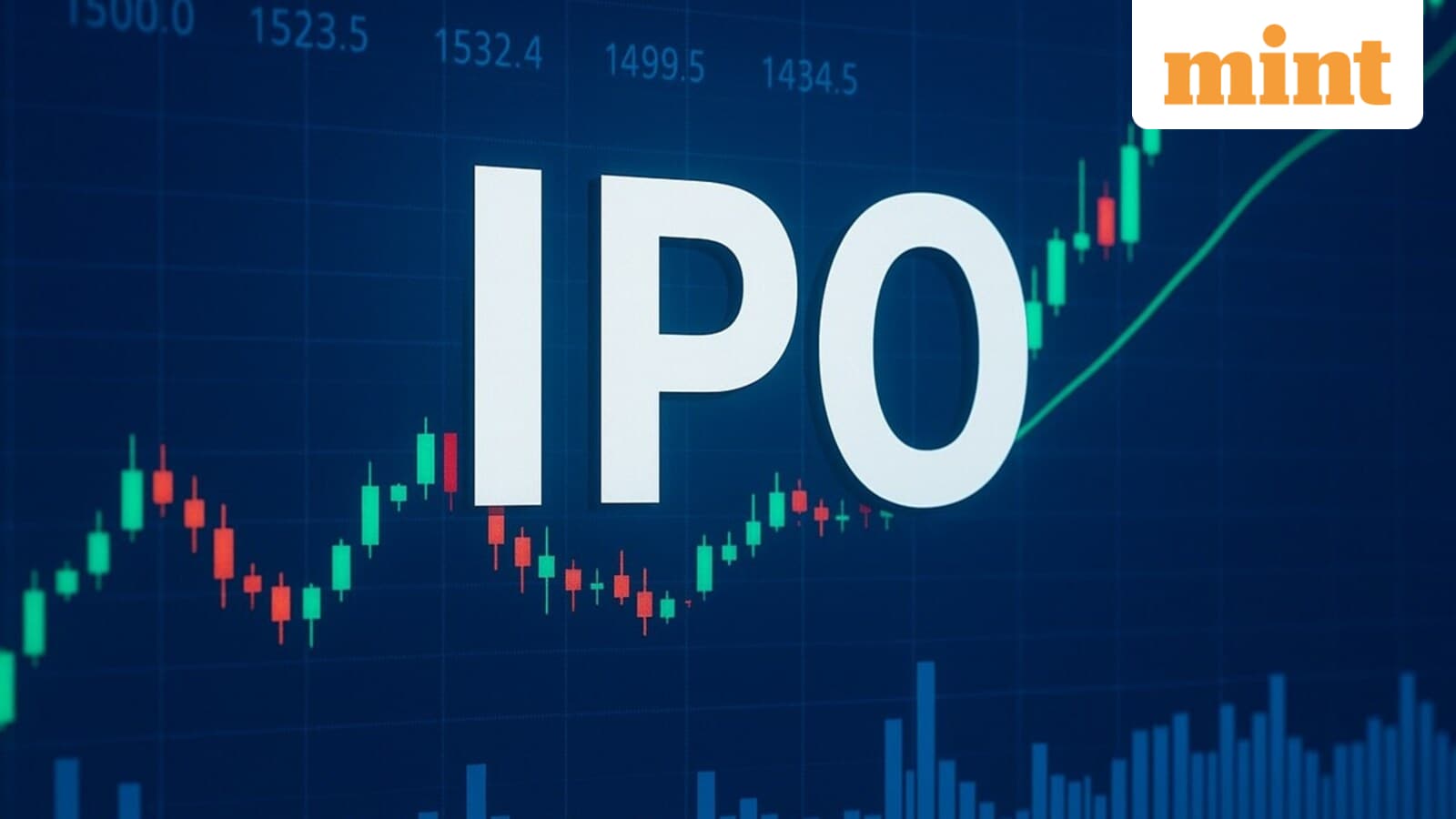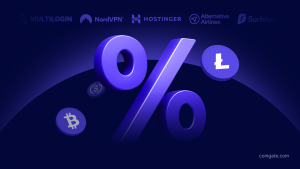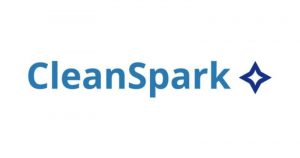VMS TMT IPO to list on Wednesday; GMP indicates healthy listing – price and key details inside
TMT bars maker VMS TMT, which garnered significant interest during its bidding period, with subscription crossing over 100 times, is set to enter bourses on Wednesday, September 24, and is also likely to attract the same enthusiasm as the grey market premium signals a healthy entry for the stock.
According to market sources, the company’s shares are commanding a grey market premium of ₹14 ahead of listing. Based on the company’s upper band issue price of ₹99 and the current GMP, the estimated listing price of VMS TMT stands at ₹113 per share, 14.14% above the issue price.
The grey market premium indicates investors’ willingness to pay a premium over the IPO price and is not the final listing price for the stock.
During its bidding period between September 17 and 19, the IPO received a strong response from all sections of investors, with bids coming in for 125 crore shares as against the offered shares of 1.23 crore, resulting in a subscription of 102.24 times, as per the exchange data.
This response for a mainboard is also one of the largest seen in September so far and one of the biggest in the current calendar year. The IPO is entirely a fresh issue of 1.50 crore shares of ₹148.50 crore.
The company proposes to use the funds from the proceeds towards debt repayments and for general corporate purposes.
About VMS TMT
The company is engaged in the manufacturing of thermo-mechanically treated bars at its manufacturing facility situated at Bhayla Village, Ahmedabad, Gujarat, India. TMT bars are high-strength reinforcement steel widely used in construction due to their exceptional strength, ductility, and corrosion resistance.
It conducts its business predominantly in the State of Gujarat, from where it derived over 98% of its revenues from operations in fiscal 2024. Its revenue from operations in fiscal 2024 from the sale of TMT bars in Gujarat constituted approximately 94% of the total revenue from operations, wherein retail sales constituted 80% and institutional sales constituted 14% of the total revenue.
Meanwhile, the company’s debt levels remain high, with debt-to-equity and debt-to-EBITDA ratios at 4.25 times and 4.77 times, respectively, for Fiscal Year 2024. However, these figures represent a significant improvement from 5.28 times and 7.39 times in Fiscal 2023, indicating a gradual deleveraging trend.
Disclaimer: This story is for educational purposes only. The views and recommendations made above are those of individual analysts or broking companies, and not of Mint. We advise investors to check with certified experts before making any investment decisions.














Post Comment